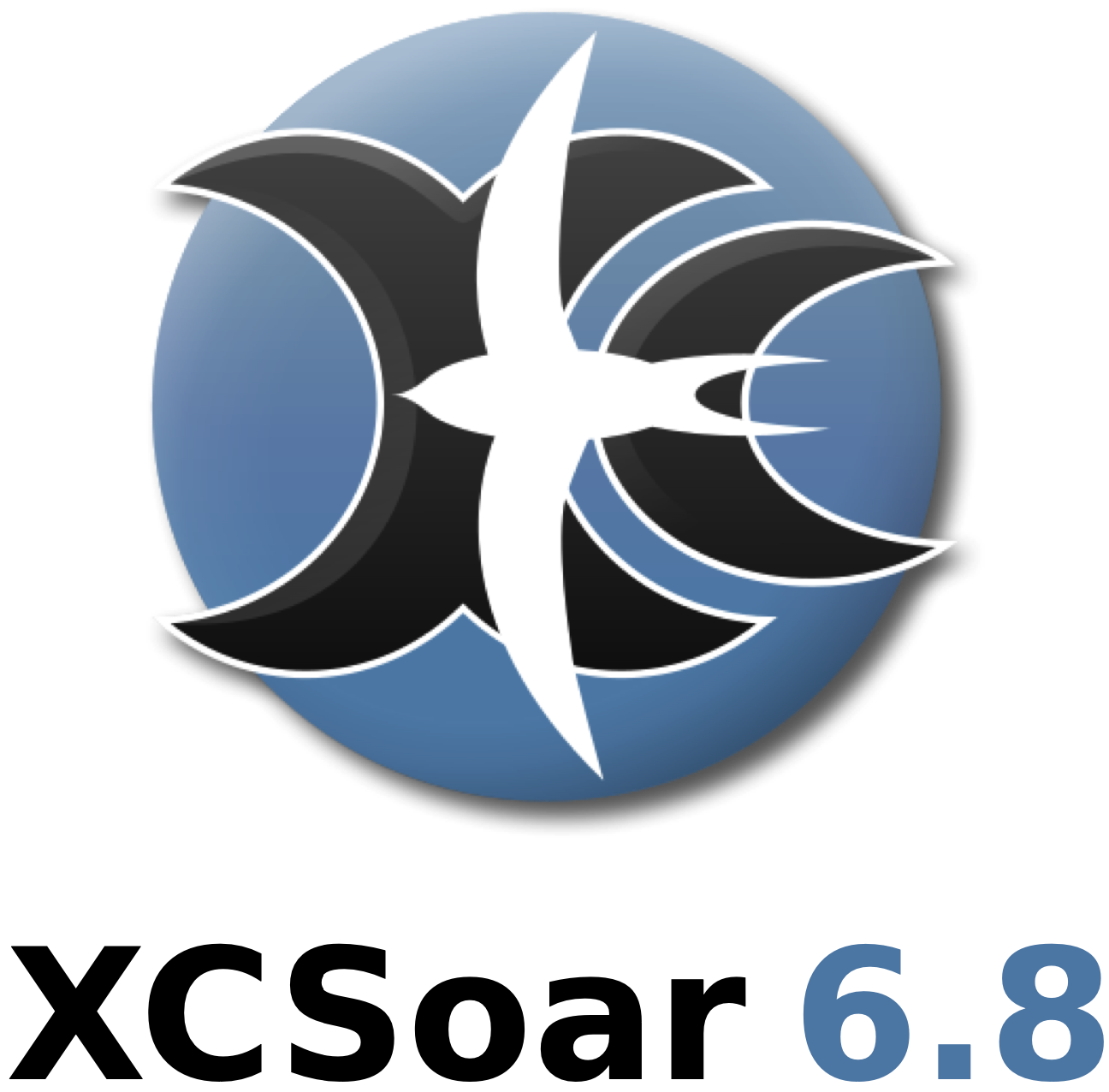Introduction
This article is meant to provide a short rubric for how you might approach cross-country flying from Hollister. It is one way, not the way, so please adjust to your situation and comfort level. It is intended for those who have never or only recently tried a cross-country flight. I also assume you have read relevant material on general cross-country flying (see our Learn page). If possible, get a more experienced pilot to discuss your plans and fly with you. BASA members are required to either have an XC signoff, or fly with someone who does when using BASA ships (refer to the flight rules).
For a more complete treatment, see Ramy Yanetz’ presentation or Harry Fox’s guide.
Thermalling
First you need to be able to thermal reasonably well. I highly recommend watching Russel Holtz’ Thermalling Techniques lesson on this. The ability to keep bank angle and speed constant is key. Also helpful is to practice centering thermals in Condor (a soaring simulator).
Panoche Checkout
Panoche in early Spring
Panoche is our strategic landout from Hollister so you need to do the checkout before spring. The reason BASA requires it is that landing and towing out of there does have caveats and we want to keep you safe. BASA usually does a batch of these some weekend, where several pilots will pair with members of the flight committee, take tows from Hollister out to Panoche, do a few pattern tows, and return. None of this requires XC signoff, and flying around Panoche is a great way to increase your comfort level and practice thermalling. Please get in touch via our mailing list early in the year before things get busy.
ASI Camps
Air Sailing, NV
Air Sailing in Nevada offers Thermal and Cross-Country camps in June each year. BASA always provides ships and mentors for those who are interested. It is a great way to build your knowledge, skills, and comfort about flying. The Cross-Country camp is a great way to satisfy many BASA requirements regarding XC signoff.
Landout Brief
Hernandez S. landout (Google Earth, 2020)
Spot the landouts in Google Earth. You can download the Hollister turnpoints in .kml format for Google Earth, import the file, and view each one in 3D. Zoom in close and take a look. Usually the imagery is updated in the last 1-2 years.
Specifically, look for Lonnie, Bickle, Mercey HS, PANOCHE, and Hernandez S. These appear in good shape as of 2020. Decide beforehand where you are willing and not willing to land. Deciding on-the-fly is hard, stressful, and risky.
Weather Brief
Weather information is crucial to determine the path to fly for the day. See the Weather page for resources. I generally want to know what Hcrit is along the path (estimated maximum achievable soaring height) and where the convergence line will be (vertical velocity at 850mb). These parameters are available in RASP sources like rasp.nfshost.com or skysight.io. Then, for info about cloud cover and rain, I find windy.com is a good resource. I also use Windy for wind speed and direction (especially for final glide). What I rarely look for are Cu bases on this route (although low bases could prevent progress). If the day is good to soar, you hardly need Cu. Don’t let a lack of puffy couds in the forecast keep you from trying.
Glide Computer
windy.com
I use XCSoar on an old Android device. You can download a .cup file from the same Hollister turnpoints page above and load them in. Set your safety McCready to 4 kt (affects the displayed arrival heights) and make sure you have set the correct polar and weight for your glider as flown. Set a safety arrival altitude of 1500 ft. Trust the computer. If you find you don’t trust it, adjust your safety parameters until you do.
Set your real McCready value to 1 kt (and also on any speed ring). The difference in speed between 0 and 1 is large, and you will lose very little glide ratio.
You can connect XCSoar with Condor and use Sierra Nevada (C2) scenery to practice and tweak all the options in XCSoar to your liking.
General Task
I think a good first task is out to San Benito Mt. and back. It was the first solo task I set for myself, and I found it to be easy enough while still being mentally challenging. If the weather looks OK over EL1, you can plan to fly along the ridge east of Release Ranch looking for thermals and the convergence line. Otherwise, it may be better to start over Chemise. The route back will be obvious, as you will discover where the convergence line is. Note that EL1 - EL4 have the prefix “EL” for “elevator,” as we typically find lift in close proximity to these points. They also mark the typical convergence line if you connect the dots. A common mistake is to fly off this path into the Panoche valley when the convergence line is not there. This is a great way to ensure a lunch at the Panoche Inn.
First Lift
Take a tow towards Panoche and release when your glide computer says you have a decent margin. Based on the weather, fly towards your first turnpoint. Ignore McCready and fly at best glide considering any wind. You are looking for the point that the air becomes turbulent, meaning air is being pushed upward somewhere nearby. Stay in the bumpy air, and the odds are very good you will eventually hit the first thermal. If it is good, resume flying McCready 1, and leave the thermal when you are no longer achieving 1 kt climb rate.
On Course
Hernandez Valley
Use a netto if you have one to help stay on the convergence line after finding lift. Otherwise, just look to stay in bumpy air. If things are calm for more than a few minutes, deviate left or right until it gets bumpy again. Fly at the speed dictated by McCready 1 between thermals. Do not circle if the vario reads less than 1 kt, and leave when the average climb rate drops below 1 kt.
Do not leave glide of Panoche until you have a safe margin of glide to Hernandez South. For me, this is usually a bit unnerving to decide that Hernandez is now my landout, and that I must pass somewhat low over the terrain heading towards EL2. However, conditions usually improve greatly near EL2 and a good thermal along the ridge will quickly ease the tension.
Generally, you will end up on the ridge East or West of the Hernandez valley as you head south, and then near San Benito Mountain, where lift tends to be strongest.
Return
Return from a monster of a day
Turn back north upon reaching San Benito Mountain. Follow the same line back. Typically you will have Panoche in glide again on the way back without trying. Usually the last climb is near EL2, but it can be elsewhere (check the RASP). Set McCready to 0 in the last thermal and climb (safety McCready should still be 4 kt). There is usually a headwind on the way back, so factor that into your glide computer if possible. The headwind is due to the same factor that creates the convergence, which is marine air pushing inland (South-Eastward) from the Monterey Bay.
Leave the thermal when you have enough margin back to Hollister. If the convergence line was strong, then the headwind will also be strong and increasing as you descend. Air is being funneled through the valleys below, so staying above the ridges is usually the best way to avoid the worst of it. If you encounter sink or the glide computer tells you you no longer have a comfortable glide back, check your arrival height to Panoche, Bickle and Lonnie, and use them if needed. We will NOT leave you if you decide to land out. Hopefully though, you will have just completed a cross country flight from Hollister!










